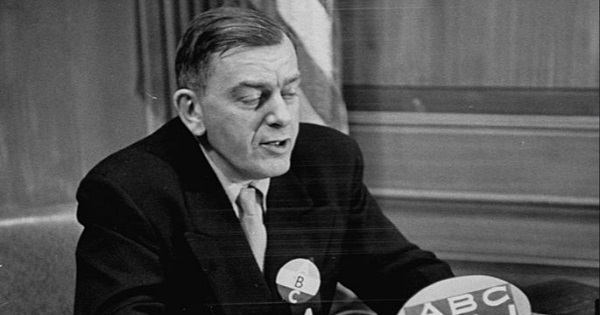What does a cat’s paw have to do with employment law? Over the past 20 years, a variety of lower federal courts had held employers liable for illegal discrimination based on the discriminatory animus of an employee who influenced, but did not make, the ultimate employment decision. This theory, dubbed “the cat’s paw” was adopted in March, 2011 by a unanimous court in Staub v. Proctor Hospital. Justice Scalia explained the feline reference in his opinion:
The term “cat’s paw” derives from a fable conceived by Aesop, put into verse by La Fontaine in 1679, and injected into United States employment discrimination law …in 1990. [citation omitted] In the fable, a monkey induces a cat by flattery to extract roasting chestnuts from the fire. After the cat has done so, burning its paws in the process, the monkey makes off with the chestnuts and leaves the cat with nothing.
Vincent Staub, a member of the U.S. Army Reserve, worked as an angiography technician for Proctor Hospital. His supervisors were irritated when Staub’s Reserve duty schedule interfered with the hospital schedule, and made a number of anti- military remarks. One of them referred to Staub’s military obligations as “a bunch of smoking and joking and a waste of taxpayers’ money.”
The supervisors made up a rule requiring Staub to stay at his workstation, and then claimed he’d violated it. Staub complained to HR that his supervisors were discriminating against him because of his military status. But the HR manager didn’t investigate Staub’s complaint. Instead, she used Staub’s violation of the phony workstation rule to authorize and justify his dismissal.
The U.S. Supreme Court upheld a jury verdict in Staub’s favor, saying there was ample evidence that not only were the two supervisors biased against Staub’s military obligations, but also that their actions “were causal factors underlying (the HR manager’s) decision to fire Staub.” The employer was held liable even though the HR manager who made the firing decision—the cat’s paw of our story– didn’t have any discriminatory motives.
What this means to you:
The Staub ruling makes it clear that if the biased motives of a subordinate contribute to an adverse employment action, the employer can be liable for discrimination — even if the ultimate decisionmaker had no discriminatory intent whatsoever. And, employee complaints of discrimination and harassment cannot be ignored!
Employers must take a good look at a worker’s overall record before taking any adverse action, and the final decision-maker is going to have to be sure that any action taken is due to documented. legitimate, non-discriminatory business reasons, consistently applied.







